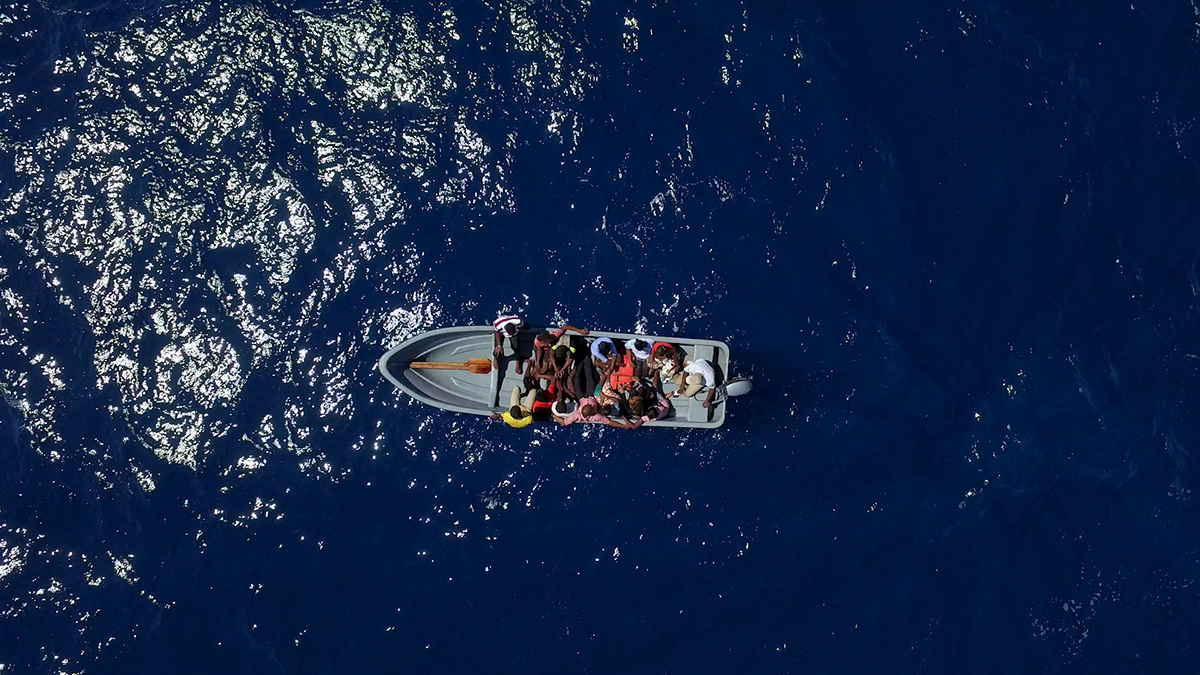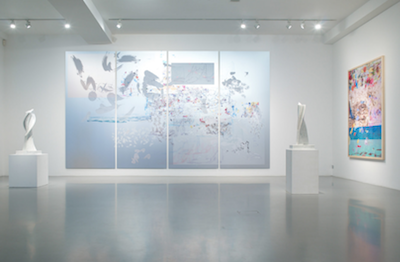Ann Veronica Janssens & Jean Glibert
Albedo
Musée des Arts Contemporains de la Fédération Wallonie-Bruxelles
July 1 - October 21, 2018
Albedo, the MAC’s summer exhibition, came about through an invitation extended to the Belgian artists Ann Veronica Janssens and Jean Glibert to create a device that enables visitors to take part in an experience of an aesthetic nature without getting bogged down in the material objects of art. Freed from the works and habitual presentation accoutrements, the exhibition gives the two artists the chance to freely engage in a dialogue with the museum’s unembellished architecture and natural light, thus highlighting one of the specific features of the MAC’s: a space imbued with the architecture designed by Pierre Hebbelinck to resist, amongst other things, the architectural gesture laid down by Bruno Renard a century earlier, when he created the Grand-Hornu site. Designed in dialogue with Denis Gielen, the museum’s director, the exhibition will therefore be an opportunity to draw attention to the originality of the architecture, but also and not without a certain malice, to provoke it. To do this, Jean Glibert and Ann Veronica Janssens infuse it with their know-how in terms of light, colour and space, allowing their gestures to respond, complement and reflect one another like the albedo, the value corresponding to the reflective power of material.
To initiate this reflection, we first discover Glitter (created by Ann Veronica Janssens in 2015), a heap of coloured glitter scattered directly over the ground by a kick from the artist, interacting with the large, reflective varnished surface that Jean Glibert has attached to the wall. These presages of a conversation between painting and sculpture, colour and material, architecture and movement, herald the two large-scale “gestures” interposed by the artists further on in the exhibition. These are the immense coloured form, “a huge slat of colour”, which Jean Glibert introduced into the museum space first of all and which highlights some of the building’s specific features, such as the technical prowess of having created a ceiling spanning over 40 metres in length. Sensitively, this artist who presents himself as a “painter of buildings” nevertheless teaches us how to see the space in another way, orienting our view in its curious layers and hidden corners, whilst also modifying our perception through the precise addition of colour. This invitation to take a stroll, this pure coloured surface traverses the space, unconcerned by the walls which confine it, and thus takes possession of the expanse. Alongside this proposal are seven bicycles with engraved aluminium hubcaps, which Ann Veronica Janssens has placed at the public’s disposal. By using them, spectators will not only experience physically the air and the circulation of light in the engraved discs, but also Jean Glibert’s coloured fresco that is perceived at another rhythm.
Through their works which although similar, owing to their abstract qualities, nevertheless retain their specific characteristics, Ann Veronica Janssens and Jean Glibert assemble here the ideal conditions for a sensory and/or aesthetic experience to take place, which will perhaps make the public more alert to comparable events that arise in their everyday environments.
Calling for a sort of dematerialization of the exhibition principle in Albedo, the MAC’s has brought together two artists whose practice tends to question or even pulverise space by investing it with their minimal interventions. In this way, they invite the museum and the public alike to free themselves from material, tyrannical objects, for the space of one summer, and devote themselves fully to the intimate, physical, aesthetic experience of a given space through colour and light.
More information









![kreiter_watershedinterior2_arts[1].jpg](https://images.squarespace-cdn.com/content/v1/59cc690fcf81e0b2a21215aa/1530121851606-M5L3530AJWO56IBXJYQS/kreiter_watershedinterior2_arts%5B1%5D.jpg)











